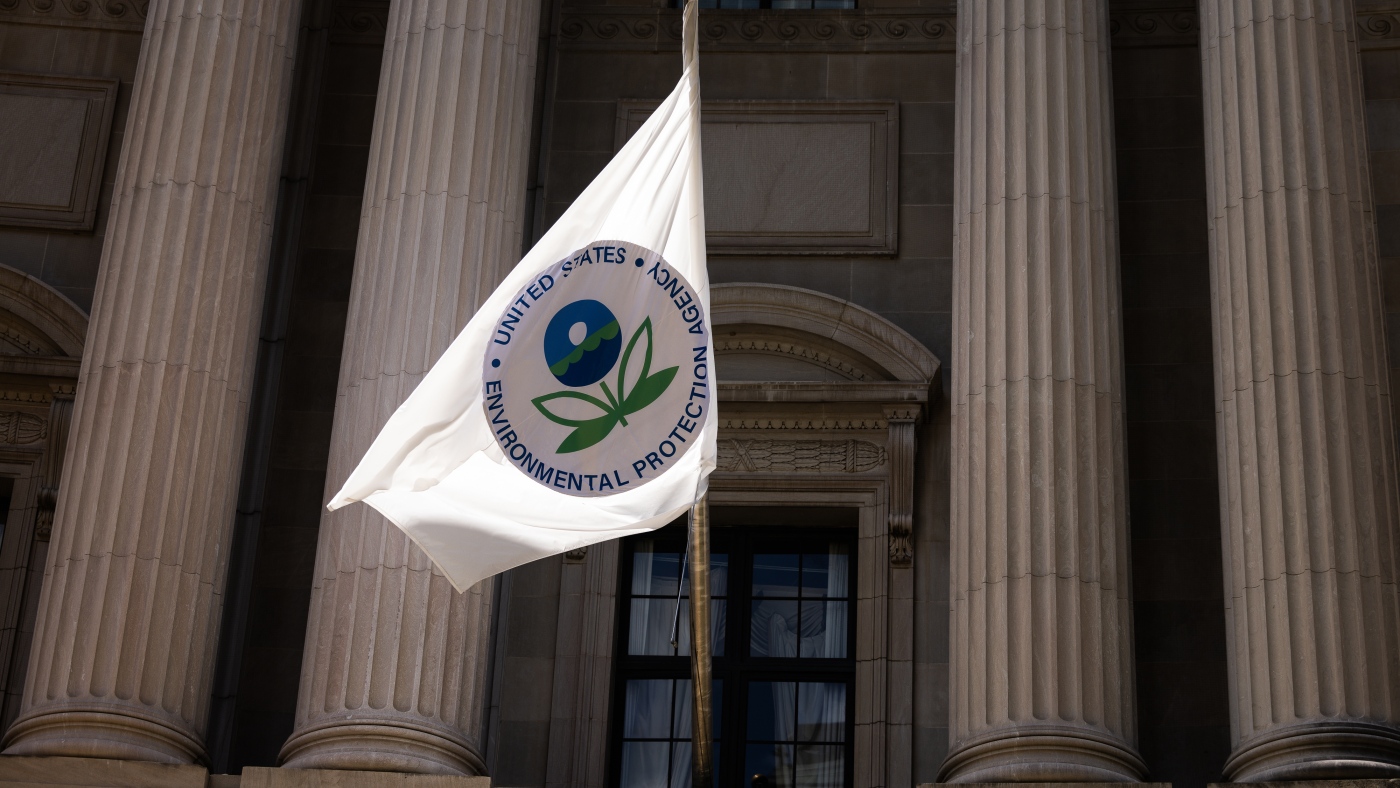Trump Administration Shuts Down EPA’s Research Office in Major Cut

URGENT UPDATE: The Environmental Protection Agency (EPA) is set to close its critical Office of Research and Development (ORD) as part of the Trump administration’s sweeping cuts to federal operations. This shocking move, announced recently by EPA Administrator Lee Zeldin, is poised to have immediate and far-reaching implications for environmental health and safety across the United States.
The decision to shutter the ORD, which conducts vital research on threats such as toxic chemicals, climate change, and water pollution, comes as part of a broader plan to reduce the EPA workforce by 23%. This reduction is expected to save approximately $748.8 million in taxpayer dollars. As of January 2023, the EPA employed 12,448 individuals, down from 16,155 earlier this year.
In his statement, Zeldin emphasized the need for the agency to prioritize efficiency, claiming, “Under President Trump’s leadership, EPA has taken a close look at our operations to ensure the agency is better equipped than ever to deliver on our core mission of protecting human health and the environment.” However, critics argue that these cuts will severely undermine the agency’s ability to conduct scientific research and enforce regulations.
Democratic Rep. Zoe Lofgren of California condemned the decision, stating, “The destruction of the Office of Research and Development will have generational impacts on Americans’ health and safety. This is a travesty.” Lofgren’s remarks highlight the potential dangers posed by the loss of expert analysis in environmental policy-making.
Kyla Bennett, director of science policy for the nonprofit Public Employees for Environmental Responsibility (PEER), echoed Lofgren’s concerns, stating, “Eliminating the ORD will leave EPA flying blind and unable to use the best available science.” She warned that the cuts will affect every American, compromising public safety and health.
The American Chemistry Council, representing chemical manufacturers, has taken a more supportive stance, expressing that they back the EPA’s efforts to evaluate its resources for efficiency. “If necessary, that includes shifting resources from certain offices,” the Council stated.
As the EPA prepares to implement this significant reduction, it is also moving forward with plans to establish a new “Office of Applied Science and Environmental Solutions.” According to the agency, this new office aims to prioritize research and scientific integrity, putting it at the forefront of regulatory processes.
The closure of the ORD raises critical questions about the future of environmental research and regulatory efficacy in the United States. Stakeholders across the country are urged to monitor developments closely, as the implications of this decision will likely reverberate for years to come.
Stay tuned for updates on this developing story and its impact on America’s health and environmental policies.






